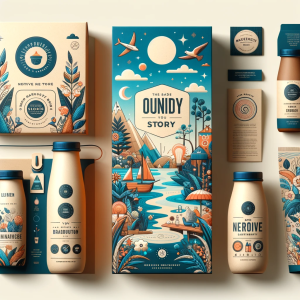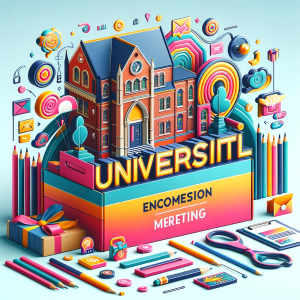Introduction
The importance of sustainability is no longer a fringe concern but a central one for consumers and businesses alike. A Nielsen report states that 73% of global consumers are willing to change their consumption habits to reduce environmental impact. This shift in consumer sentiment has been echoing across industries, with packaging being one of them. As the spotlight on sustainable business practices continues to intensify, understanding the role of packaging in sustainability becomes indispensable. This article will delve into the concept of sustainable packaging, its impact on the environment, and the role of sustainable packaging manufacturers in fostering a greener future.
Understanding Sustainable Packaging
Sustainable packaging, as the name suggests, refers to packaging solutions that cause minimal impact on the environment. It’s a broad concept that includes factors like the materials used, the manufacturing process, the life cycle of the packaging, and how it’s disposed of or recycled.
The primary materials used in sustainable packaging are those that are recyclable, biodegradable, or derived from renewable resources. These could be anything from recycled cardboard and paper to plant-based bioplastics. Sustainable packaging also considers the manufacturing process. For instance, it prioritizes energy-efficient production methods and reduced carbon footprint.
Sustainable packaging and sustainable packaging manufacturers play a crucial role in environmental preservation. Traditional packaging materials, especially single-use plastics, contribute significantly to pollution and landfill waste. Sustainable packaging, on the other hand, reduces this impact. It can be recycled or composted, leading to less waste. Also, since sustainable packaging materials are often sourced from renewable resources, they help in conserving non-renewable fossil fuels.
In a nutshell, sustainable packaging is not just about the package itself but the entire process surrounding it. It’s a holistic approach that considers the packaging’s entire lifecycle while minimizing its environmental footprint.
The Environmental Impact: Traditional Packaging Vs. Sustainable Packaging
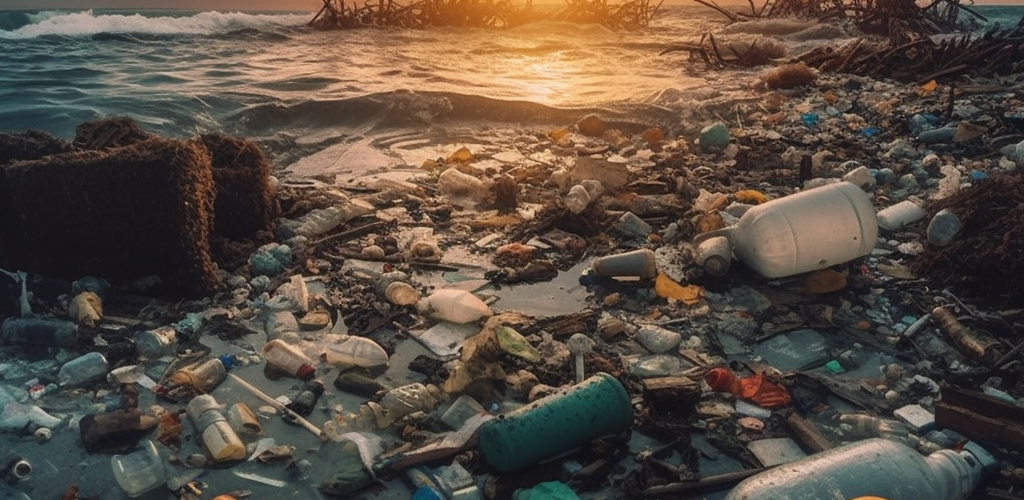
When we compare the environmental impact of traditional packaging to sustainable packaging, the differences are stark.
Traditional packaging, especially when it involves plastic, has a significant environmental footprint. From the extraction of raw materials to the energy-intensive manufacturing process, and finally to waste disposal, traditional packaging is taxing on our planet. Plastic packaging, in particular, can take hundreds of years to decompose, contributing to the massive volumes of waste in our landfills and oceans. Furthermore, during its degradation process, it releases toxic chemicals that can harm wildlife and ecosystems.
On the other hand, sustainable packaging has a far lesser environmental impact. Firstly, it relies on materials that are recyclable, biodegradable, or compostable, reducing the amount of waste that ends up in the landfill. Secondly, many sustainable packaging options come from renewable sources, which ensures a continuous supply without depleting our planet’s resources. Thirdly, the manufacturing processes for sustainable packaging often use less energy compared to traditional packaging, further reducing its environmental impact.
Moreover, sustainable packaging designs often focus on ‘lightweighting’, which means using the least amount of material possible. This approach reduces not only the materials used but also the energy required for transportation, leading to lower carbon emissions.
To sum up, while traditional packaging can have harmful environmental impacts, sustainable packaging offers a way to deliver our goods while respecting the health of our planet. It’s a testament to how innovation can help us reconcile economic activity with environmental stewardship.
Plastic Packaging Vs. Paper Packaging
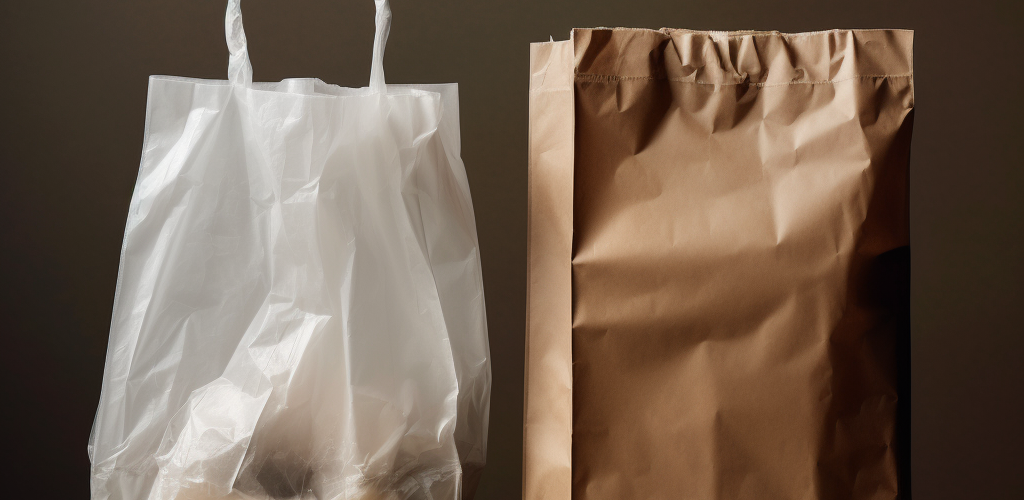
The sustainability war between plastic and paper packaging is a topic of great interest in the packaging industry. From a superficial standpoint, many might quickly side with paper as the more sustainable choice. After all, paper comes from trees, a renewable resource, and is widely recyclable.
However, the issue isn’t quite so black and white. Plastic packaging, despite its notoriety, does have a few sustainability points in its favor. For one, plastic is lightweight, which reduces the carbon emissions from transporting goods. Additionally, certain types of plastic are recyclable, and advances in bioplastics are paving the way for more sustainable options.
Paper packaging and paper packaging manufacturers, while seemingly eco-friendly, does have its drawbacks. Paper production is a water and energy-intensive process and often involves deforestation. While many companies use responsibly sourced paper, the demand for this material can put pressure on our forests.
This is not to say that paper packaging is a poor choice—far from it. Paper is widely recycled and breaks down much more quickly in the environment than plastic. Furthermore, advancements in technology are making paper production more efficient and less wasteful.
The key takeaway here is that both types of packaging have their pros and cons. The most sustainable packaging solution is not universally applicable—it depends on the specific use case. Thus, businesses must carefully consider their packaging choices, taking into account not only the material but also factors like the packaging’s lifecycle, recyclability, and the sourcing practices of the material providers.
The Role of Packaging Manufacturers in Promoting Sustainability
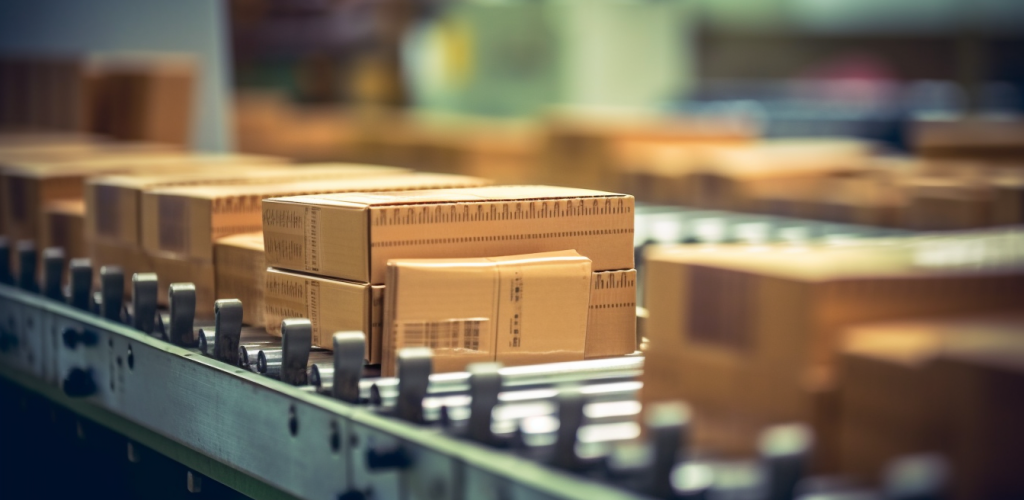
As sustainability continues to gain momentum as a global concern, the role of packaging manufacturers in fostering eco-friendliness cannot be overemphasized. Many manufacturers are leading the charge by rethinking their manufacturing processes, material choices, and supply chains to align with sustainability goals.
A good example is Tetra Pak, a global leader in food processing and packaging solutions. They have consistently prioritized sustainability in their business operations, utilizing a minimum of 70% renewable content in their cartons. Their cartons are also 100% recyclable, and they work actively with recycling partners worldwide to improve recycling rates.
Another noteworthy manufacturer is Amcor, a global packaging company, that has pledged to develop all its packaging to be recyclable or reusable by 2025. They also aim to significantly increase their use of post-consumer recycled materials and drive more consistent recycling of packaging around the world.
These companies demonstrate how packaging manufacturers can play a significant role in promoting sustainability. By developing eco-friendly packaging solutions and encouraging their use, manufacturers can contribute to reducing the overall environmental impact of packaging. This also provides them with a competitive edge, as increasingly more consumers are seeking out businesses that align with their environmental values.
Challenges and Opportunities in the Transition to Sustainable Packaging
As with any significant shift in operations, transitioning to sustainable packaging manufacturers present both challenges and opportunities. Understanding these is crucial for businesses considering this change.
One of the primary challenges involves the cost. Eco-friendly materials and processes can sometimes be more expensive than traditional methods. This additional cost can deter businesses, especially smaller ones, from making the transition. Additionally, there can be technical challenges in creating sustainable packaging that still effectively protects products and withstands transport and storage conditions.
However, the opportunities presented by sustainable packaging often outweigh these challenges. Research shows that modern consumers are more likely to buy products from companies known for their green practices, implying a potential increase in sales for businesses that switch to sustainable packaging. Besides, many sustainable materials are increasingly becoming cost-competitive as more suppliers enter the market and technology improves.
Furthermore, businesses adopting sustainable packaging can also benefit from a strengthened brand image. Consumers appreciate brands that are conscious of their environmental impact, and this can lead to increased customer loyalty and repeat business.
The transition to sustainable packaging is not just about doing the right thing for the environment; it also makes sound business sense. The key is to understand and navigate the challenges while capitalizing on the opportunities.
Real-Life Success Stories in Sustainable Packaging
The sustainable packaging landscape is full of success stories of companies that have made the transition and reaped the benefits. One such example is the multinational corporation Unilever. Their “Less Plastic” initiative aims to halve their use of virgin plastic by 2025 by using more recycled plastic and reducing absolute use of plastic packaging. This initiative not only conveys their commitment to sustainability but also attracts eco-conscious consumers, enhancing their brand image.
Closer to home, we have our very own Sam’s Packaging. As a leading packaging supplier, we recognized the need for sustainable practices in our operations. We took the initiative to transition to sustainable packaging solutions. This move has not only significantly reduced our environmental footprint but also resonated with our clients who prioritize sustainability. We have seen a noticeable increase in client retention and new customer acquisition since the implementation of our sustainable practices.
These examples demonstrate that a commitment to sustainability can be advantageous to businesses. It helps reduce the environmental impact and, at the same time, attracts consumers who value environmentally friendly practices.
Emerging Trends in Sustainable Packaging
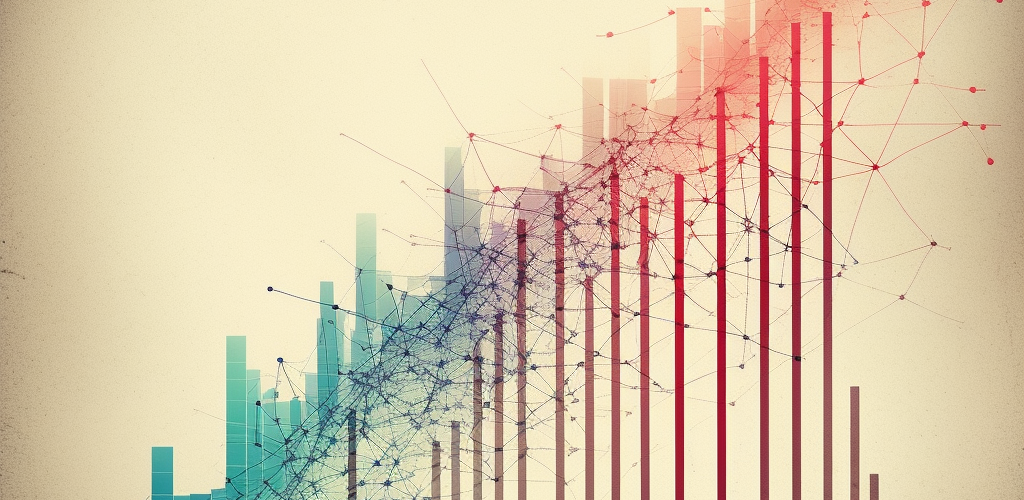
The field of sustainable packaging is constantly evolving, with new trends emerging as technology and consumer preferences change. One of the most significant trends we are currently witnessing is the shift towards the use of biodegradable and compostable materials in packaging.
Biodegradable packaging, made from materials like corn starch, mushroom roots, and even seaweed, breaks down naturally over time, unlike traditional plastic packaging that can take hundreds of years to decompose. This is a significant leap in packaging technology that reduces long-term waste and pollution.
Similarly, compostable packaging, usually made from plant fibers, can be broken down in a compost environment, returning nutrients back to the earth and completing a natural cycle.
Key Considerations When Choosing a Sustainable Packaging Manufacturer
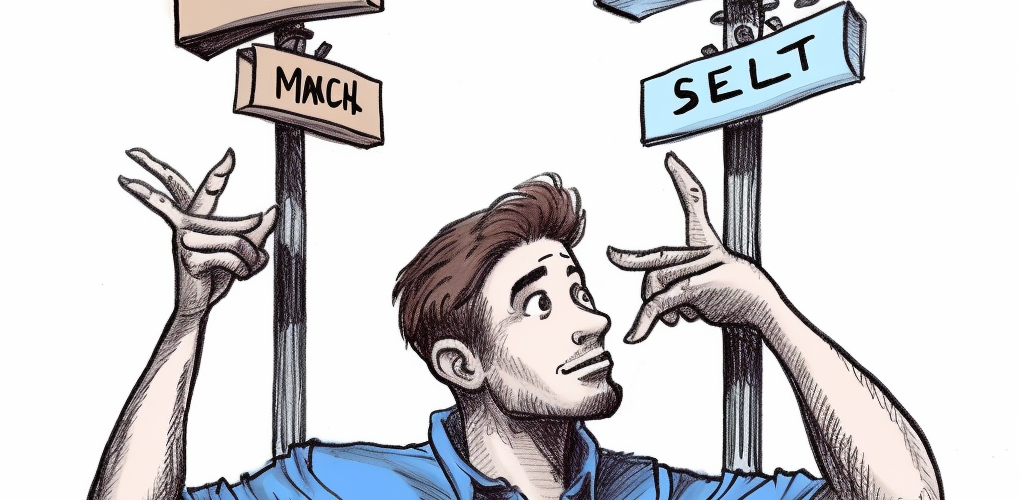
When choosing a sustainable packaging manufacturer, there are several key considerations that consumers and businesses alike should keep in mind. Beyond simply offering eco-friendly materials, a truly sustainable packaging manufacturer should demonstrate a comprehensive commitment to sustainability throughout their entire operation.
One of the most important factors is the manufacturer’s supply chain transparency. Credible sustainable packaging manufacturers will be able to trace the origins of their materials and ensure they are sourced responsibly. This could involve the use of recycled materials, sustainably harvested resources, or partnering with suppliers who uphold strong labor rights and fair trade practices.
Secondly, consider the manufacturer’s innovation in design. An effective sustainable packaging manufacturer will maximize efficiency and minimize waste, not only in the materials used but in the design of the packaging itself. They should be pushing the boundaries of what is possible, such as reducing the amount of material used, creating reusable packaging, or designing packaging that can be easily recycled or composted.
Lastly, but equally important, is the manufacturer’s commitment to continuous improvement. Sustainability is not a one-time achievement but a continual process of improvement and adaptation. Look for manufacturers like Sam’s Packaging that actively engage in research and development to stay abreast of the latest sustainable technologies and practices. They should also seek third-party certifications to validate their sustainability claims and ensure they meet high industry standards.
By considering these factors, businesses and consumers can make informed decisions and contribute positively towards a more sustainable future.
Conclusion
Sustainability is no longer a buzzword or a marketing gimmick, it’s a necessity. Businesses and consumers alike have recognized the urgency to adopt more sustainable practices, especially in areas like packaging, that have a significant environmental impact. The shift towards sustainable packaging represents a commitment to safeguard our environment and ensure a viable future for generations to come.
In this rapidly evolving landscape, packaging manufacturers have a pivotal role to play. From introducing eco-friendly materials to innovating with efficient designs, they are at the forefront of driving change. There is no one-size-fits-all solution, and the journey towards sustainability is rife with challenges. However, as we’ve explored in this article, it’s a journey worth embarking on, given the far-reaching benefits.
As the world continues to grapple with environmental challenges, sustainable packaging is likely to move from a niche choice to the norm. The choices we make today as businesses and consumers will set the tone for the future of packaging.
While transitioning to sustainable packaging may seem daunting, manufacturers like Sam’s Packaging make the process more accessible and effective, providing comprehensive solutions tailored to meet specific needs. Ultimately, the goal is to strike a balance between operational efficiency, customer satisfaction, and environmental responsibility.
Sustainable packaging is more than a trend – it’s the future. And the choices we make today will help shape a more sustainable world for tomorrow. So, as we move forward, let’s choose wisely, act responsibly, and invest in a future we can all be proud of.


